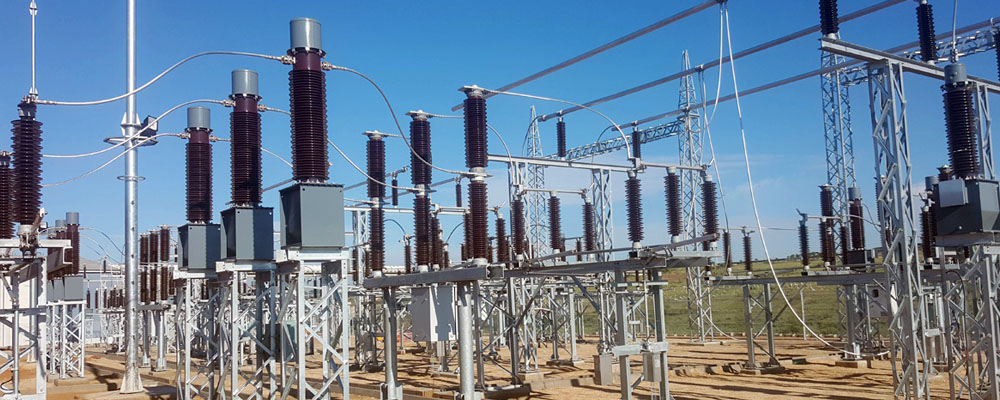Testing & Commissioning
Electrical Testing & Commissioning is the final and critical phase of any electrical installation project. It ensures that the installed system is safe, operates correctly, and complies with relevant standards before being handed over for use.
Pre-Commissioning Checks
- Correct cable connections and terminations.
- Earth (grounding) system is installed properly.
- No exposed or damaged conductors.
- Correct labeling of circuits and distribution boards.
- Devices (breakers, RCDs, MCCBs) are correctly installed.
Electrical Testing Procedures
These are standardized tests, usually required by code (e.g., IEC 60364, NEC, BS 7671):
a. Continuity Test
- Verifies that conductors are continuous (no open circuits).
- Often applied to protective conductors (CPC/earth wires).
b. Insulation Resistance Test
- Measures the resistance between live conductors and earth.
- Ensures insulation is not degraded or shorted.
- Common test voltage: 500V DC (for low-voltage systems).
c. Polarity Test
- Confirms that live, neutral, and earth are correctly connected.
- Particularly important for sockets and switches.
d. Earth Fault Loop Impedance Test
- Measures the total impedance of the earth fault path.
- Determines if protection devices will trip fast enough during faults.
e. RCD (Residual Current Device) Test
- Tests the response time and sensitivity of RCDs.
- Ensures disconnection within required time frames.
f. Functional Testing
- Check operation of switches, lights, outlets, breakers, timers, sensors, etc.
- Test automatic systems, emergency lighting, fire alarms, etc.
Documentation & Certification
After successful testing:
- Complete test sheets and inspection reports.
- Provide an Electrical Installation Certificate (EIC) or Condition Report (EICR).
- Include test results, system description, and any deviations or limitations.
Commissioning & Handover
- Energize the system step-by-step under supervision.
- Monitor operation for any faults or irregularities.
- Train the client or operator if needed.
- Hand over manuals, drawings, test records, and maintenance recommendations.


